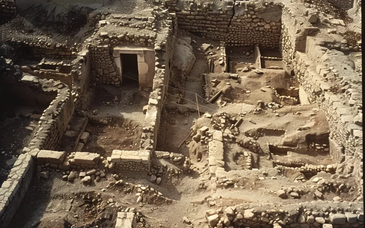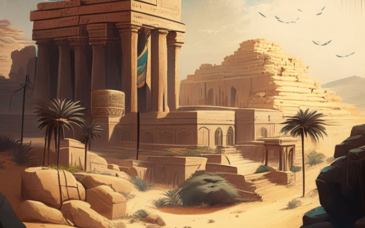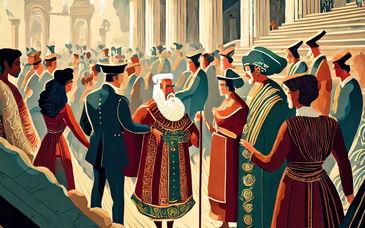Embark on a thought-provoking exploration as we delve into the intricate relationship between faith and historical accuracy in "The Bible as a Historical Text." In this nuanced journey, we will navigate the complex terrain where sacred scriptures intertwine with historical realities, seeking to untangle the threads that weave together the fabric of belief and factual understanding.
The Duality of Scripture: Spiritual Significance and Historical Narrative:
Begin by acknowledging the dual nature of the Bible, serving both as a spiritual guide and a historical narrative. Explore how the sacred text transcends its religious significance, offering insights into the cultural, social, and political contexts of the times it describes.
Archaeological Corroboration: Discovering Tangible Evidence:
Dive into the realm of archaeological discoveries that provide tangible evidence supporting biblical narratives. Uncover the artifacts, inscriptions, and structures that validate historical events, offering a bridge between the scriptural accounts and the material remains of ancient civilizations.
Historical Figures in the Bible: Kings, Prophets, and Everyday Lives:
Examine the lives of historical figures depicted in the Bible, from kings and prophets to everyday individuals. Explore the intersection of their narratives with external historical records, shedding light on the broader context in which these figures lived.
Geographical Precision: Mapping Biblical Landscapes:
Consider the geographical precision embedded in the Bible, where landscapes serve as integral backdrops to its narratives. Through mapping biblical locations, we gain insights into the historical realities faced by communities, enhancing our understanding of the challenges and triumphs recounted in the scriptures.
Textual Criticism: Unveiling Layers of Interpretation:
Delve into the realm of textual criticism, where scholars analyze and interpret biblical texts. Unveil the layers of meaning and historical context, acknowledging the diverse perspectives that contribute to the richness of interpretation within the framework of faith and historical scrutiny.
Historical Accuracy and Interpretation: Addressing Challenges:
Navigate the challenges associated with historical accuracy and interpretation in the Bible. Acknowledge the discrepancies and debates within scholarly circles, fostering a deeper appreciation for the complexities inherent in reconciling faith-driven narratives with historical scrutiny.
Cross-Cultural Influences: Tracing the Spread of Ideas:
Explore the cross-cultural influences that shaped the development of the Bible. Trace the spread of ideas, cultural exchanges, and the interconnectedness of civilizations, revealing how external influences enriched the tapestry of biblical narratives.
Comparative Analysis: Bible and External Historical Sources:
Engage in a comparative analysis, examining the alignment and divergences between biblical accounts and external historical sources. Consider how these comparisons contribute to a more holistic understanding of the historical contexts captured in the sacred text.
Legacy and Impact: The Bible's Enduring Influence on History:
Reflect on the enduring influence of the Bible on the course of history. Explore how its narratives have shaped cultures, inspired movements, and influenced the moral and ethical frameworks that underpin societies across diverse epochs.
"The Bible as a Historical Text: Untangling Threads of Faith and Fact" invites us to navigate the intersection of belief and historical inquiry. By untangling these threads, we gain a deeper appreciation for the intricate dance between faith and historical realities, fostering a nuanced understanding of the Bible's profound impact on the collective consciousness of humanity.









